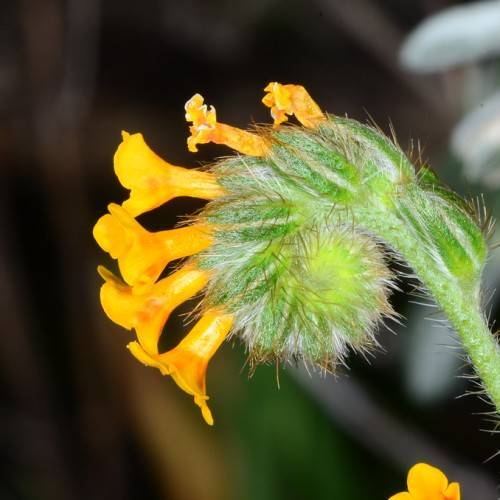
Menzies' Fiddleneck
Amsinckia menziesii
Also Known As - Small Flowered FiddleneckWatering:
Minimal
Hardiness Zone:
Sun:
full sun,part shade
Leaf:
Yes
Growth Rate:
Low
Salt Tolerant:
Yes
Invasive:
Yes
Care Level:
Medium
watering
Common Fiddleneck (Amsinckia intermedia) should be watered once every 7-10 days. Water enough so the soil is moist but not too wet. During the summer months, the soil may need to be watered more often due to increased temperatures and higher evaporation. If the plant starts to wilt, it may need more frequent watering. Always check the soil before watering to make sure that the soil is dry before you give it water.
sunlight
Common Fiddleneck (Amsinckia intermedia) generally enjoys full sun exposure, with 6-8 hours of direct sunlight per day being ideal. During spring and summer, try to provide direct sunlight for as long as possible and avoid shady spots as much as possible. In hotter climates, however, it's best to provide some afternoon shade to keep the plant from experiencing too much heat stress. When the temperatures start to cool in the autumn and winter months, this plant can handle a bit less direct sun each day, with just 4-6 hours being ideal.
pruning
Common Fiddleneck prefers to be pruned when actively growing in the spring and early summer. Pruning should be focused on maintaining a healthy, full shape and removing any dead or damaged growth. Pruning should be minimal; no more than 1 third of the total foliage should be removed at a time. Pruning the plant too heavily may lead to stunted growth and a decrease in blooms.
